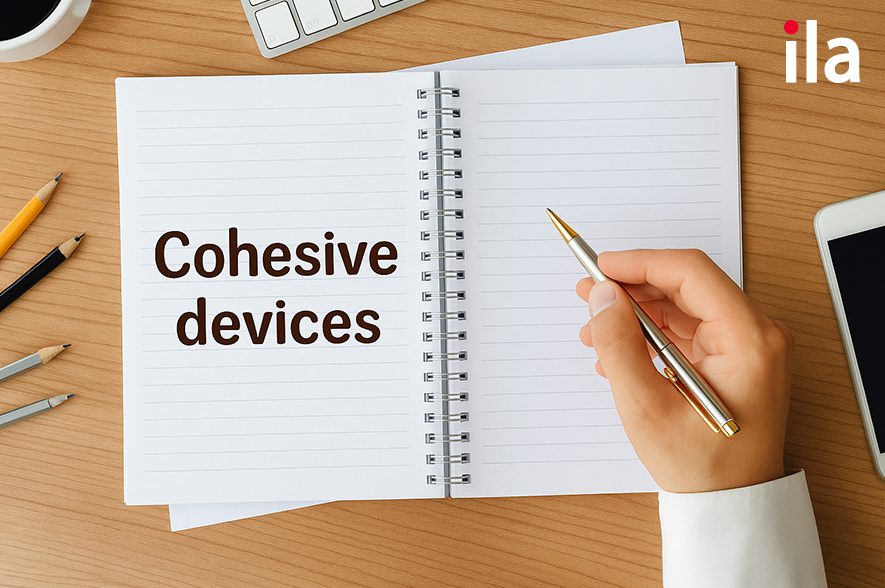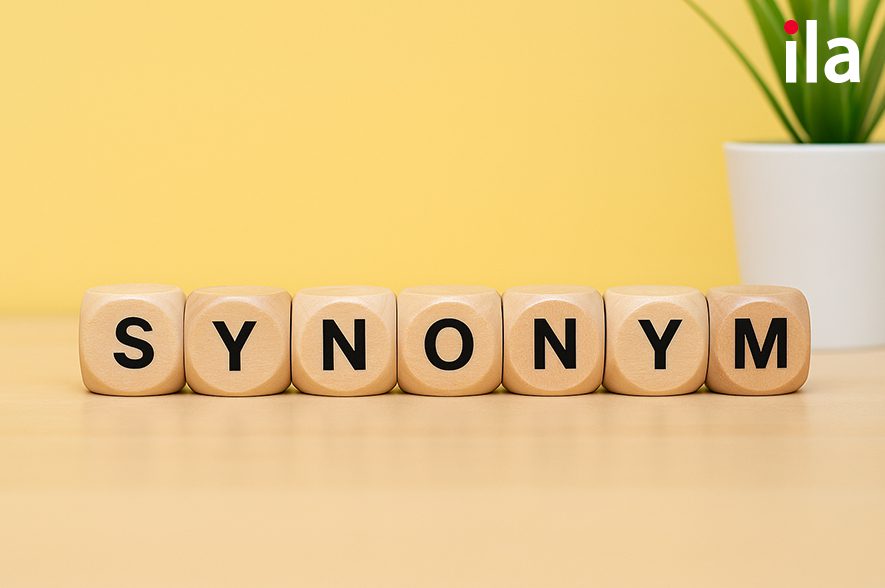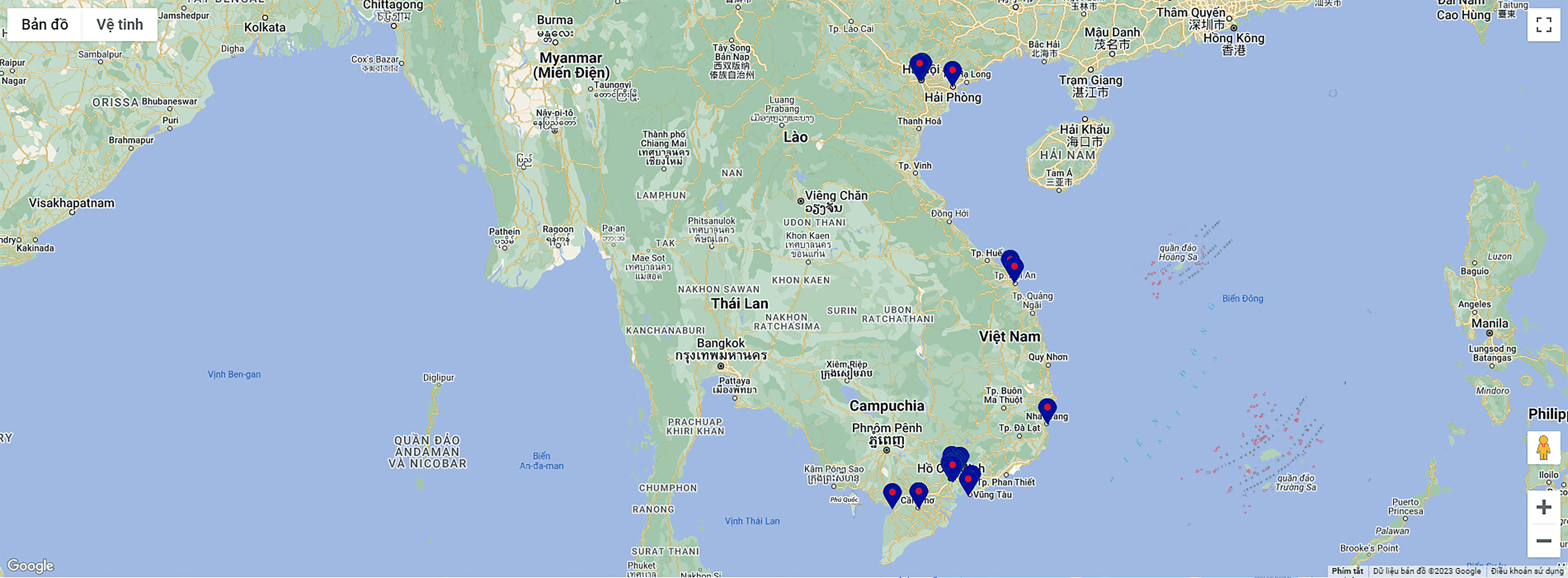Cohesive devices là phần không thể thiếu trong bất kỳ bài viết học thuật (academic writing) nào. Vậy cohesive devices là gì và làm sao để bài viết của bạn tận dụng triệt để sức mạnh của “trợ thủ” này? ILA sẽ chia sẻ những kiến thức hữu ích xung quanh cohesive devices nhằm giúp bài viết của bạn trở nên mạch lạc và chặt chẽ hơn.
Cohesive devices là gì?
Cohesive devices hay còn gọi là transition words hay linking expressions đóng vai trò dẫn dắt trong văn bản, giúp người đọc dễ dàng hình dung được nội dung tiếp theo.
1. Định nghĩa cohesive devices
Cohesive devices là các từ nối được sử dụng để liên kết các ý tưởng, câu và đoạn văn nhằm đảm bảo tính mạch lạc của toàn văn bản. Các từ nối có thể mô tả sự thêm ý, tương phản, nguyên nhân – kết quả, ví dụ… Những từ nối thường gặp nhất bao gồm:
• Cohesive devices addition (thêm ý): And, furthermore, moreover, in addition
• Cohesive devices contrast (tương phản): yet, despite, however, on the other hand, although
• Cohesive devices cause & effect (nguyên nhân – kết quả): Because, due to, as a result, consequently
• Cohesive devices conclusion (kết luận): In conclusion, to sum up, overall
• Cohesive devices examples (ví dụ): For example, for instance, to illustrate, such as, in particular
2. Tại sao cần dùng cohesive devices?
Việc sử dụng các từ nối đặc biệt quan trọng, nhất là trong phần IELTS Writing khi tiêu chí Coherence and Cohesion (tính mạch lạc và liên kết) chiếm đến 25% tổng điểm bài thi. Tuy nhiên, bạn cần biết cách sử dụng các từ nối một cách hiệu quả vì nếu lạm dụng chúng thì bài viết của bạn lại mất đi sự tự nhiên và cũng dễ bị mất điểm.
Cách để sử dụng cohesive devices hợp lý là áp dụng các từ nối linh hoạt, tránh sự lặp lại và đan xen giữa các từ nối ngắn và các cụm từ dài hơn. Bài viết vận dụng các từ nối chính xác và đúng lúc sẽ là chìa khóa giúp bạn đạt band 7+ và cao hơn.
Các loại cohesive devices
Các từ nối được phân theo mục đích sử dụng và áp dụng được cho cả bài IELTS Writing và IELTS Speaking. Dưới đây là các cohesive devices thông dụng kèm ví dụ minh họa cách sử dụng cho từng trường hợp.
1. Từ thay thế
Reference hay substitution word là các từ dùng để thay thế cho ý đã được đề cập trước đó. Bạn có thể dùng các đại từ (pronoun) it, this, that, those, which… hay các từ do, so, one để thay cho danh từ (noun) không muốn lặp lại.
Ví dụ:
• Many people work long hours without sufficient rest. This can lead to serious health issues over time. (Nhiều người làm việc trong thời gian dài mà không nghỉ ngơi đầy đủ. Điều này có thể dẫn đến các vấn đề sức khỏe nghiêm trọng theo thời gian.)
• The government encouraged people to recycle. Doing so reduces environmental pollution. (Chính phủ khuyến khích mọi người tái chế. Làm như vậy sẽ làm giảm ô nhiễm môi trường.)
2. Liên từ
Liên từ (conjunction) cũng là một trong những cohesive devices không thể thiếu trong tiếng Anh để tạo sự liên kết logic giữa các phần trong câu. Có các loại liên từ như:
• Liên từ kết hợp (coordinating conjunction): and, but, or, so, yet, for…
• Liên từ tương quan (correlative conjunction): not only-but also, as-as, both-and…
• Liên từ phụ thuộc (subordinating conjunction): after, before, until, since, by the time, as if, as a result, if, as long as…
Ví dụ:
• Many people think city life is exciting, but it can also be stressful and overwhelming. (Nhiều người cho rằng cuộc sống thành thị rất thú vị, nhưng nó cũng có thể rất căng thẳng và choáng ngợp.)
• By the time students enter university, they are expected to have developed essential academic skills. (Sinh viên được kỳ vọng đã phát triển các kỹ năng học thuật cần thiết trước khi bước vào ngưỡng cửa đại học.)
3. Trạng từ liên kết
Trạng từ liên kết (conjunctive adverb) cũng có chức năng liên kết như những cohesive devices khác. Bạn có thể dùng trạng từ liên kết để kết nối các mệnh đề độc lập hay các câu lại với nhau. Các trạng từ liên kết được phân theo chức năng gồm:
• Thêm thông tin: Moreover, furthermore, additionally, also
• Tương phản: However, nevertheless, on the other hand, in contrast
• Nguyên nhân – kết quả: Therefore, thus, consequently, as a result
• Trình tự thời gian: Meanwhile, then, next, subsequently
• Nhấn mạnh: Indeed, in fact, certainly, surely
• Thay thế: Alternatively, otherwise
Ví dụ:
• The weather was terrible; therefore, we cancelled the picnic. (Thời tiết rất xấu nên chúng tôi phải hủy chuyến dã ngoại.)
• She was tired. However, she went to work anyway. (Cô ấy mệt mỏi nhưng vẫn đi làm.)
* Lưu ý: Trạng từ liên kết dùng để nối hai mệnh đề độc lập trong cùng một câu sẽ đứng sau dấu chấm phẩy (;) và đứng trước dấu phẩy (,). Trạng từ liên kết nối hai câu sẽ được phân tách với câu thứ nhất bằng dấu chấm (.) và đứng ở đầu câu thứ hai, theo sau là dấu phẩy (,). Bạn hãy lưu ý về dấu câu để có cách viết đúng cohesive devices này nhé.
4. Liên kết từ vựng
Liên kết từ vựng sử dụng từ vựng làm phương tiện liên kết, thay vì liên kết bằng ngữ pháp hay ngữ nghĩa. Khi sử dụng cohesive devices theo cách này, bạn sẽ cần đến các từ đồng nghĩa (synonym), antonym (từ trái nghĩa), kết hợp từ (collocation) hay lặp lại từ vựng.
Ví dụ:
• Schools must promote physical activity. Exercise has many benefits. (Nhà trường phải thúc đẩy hoạt động thể chất. Việc tập thể dục có rất nhiều lợi ích.)
• Some prefer online classes, while others favour traditional learning. (Một số người thích học trực tuyến, trong khi những người khác lại thích kiểu học truyền thống.)
• She played a starring role in the film. (Cô ấy đóng vai chính trong bộ phim.)
• Daily exercise helps us stay fit. Exercise also reduces stress levels. (Tập thể dục hằng ngày giúp chúng ta giữ gìn vóc dáng. Tập thể dục cũng làm giảm mức độ căng thẳng.)
>>> Tìm hiểu thêm: Cách luyện viết tiếng Anh hiệu quả giúp bạn tự tin hơn
Bài tập áp dụng cohesive devices
Bài tập 1
Chọn cohesive devices thích hợp để điền vào chỗ trống.
1. Many people enjoy working from home; ______, it can sometimes lead to feelings of isolation. (however, and, yet)
2. Students can benefit from visual learning. ______, using diagrams and charts can help them understand complex ideas. (Then, For example, Moreover)
3. City life is often fast-paced and stressful. ______, rural areas offer a slower, more relaxed lifestyle. (In contrast, In addition, In general)
4. The earth’s biodiversity is in danger ______ many species will not be able to adapt to climate change. (so/ because/ but)
5. Public transport in the city is cheap. ______, it is environmentally friendly. (Moreover/ However/ Next)
6. It is likely that water will be a scarce resource in the future and, ______, food production will need to be more efficient. (therefore, but, for)
7. The economy has slumped. ______, the share prices have fallen. (Alternatively, Finally, As a result)
8. They had promised to finish on time; they did, ______, complete the task one week early. (thus, in fact, also)
9. University education focuses on theory, ______ vocational training emphasises practical skills. (whereas/ because/ in spite of)
10. The number of cars on the road has increased significantly; ______ , air pollution levels have risen.
Đáp án
| 1. however | 2. For example | 3. In contrast | 4. because | 5. Moreover |
| 6. therefore | 7. As a result | 8. in fact | 9. whereas | 10. consequently |
Bài tập 2
Chọn cohesive devices trong khung để điền vào đoạn văn.
|
while for example in conclusion however therefore such as likewise in addition if on the one hand |
It is often argued that environmental protection is beyond the ability of individuals, and that only governments and large corporations have the power to bring about meaningful change. (1) _______ it is true that policy-makers and businesses play a crucial role, I strongly believe that individuals also have a significant impact on environmental sustainability.
(2) _______, governments and major companies possess the resources and authority to implement large-scale initiatives. (3) _______, governments can introduce stricter regulations on industrial emissions or invest in public transport to reduce carbon footprints. (4) _______, corporations can adopt eco-friendly manufacturing processes or reduce plastic packaging. Consequently, their decisions can result in widespread environmental improvements within a relatively short time.
(5) _______, the role of individuals should not be underestimated. Through small yet consistent actions, (6) _______ reducing energy consumption, recycling, or choosing sustainable products, people collectively contribute to environmental preservation. (7) _______ , public awareness and pressure from consumers often influence companies to adopt greener practices. Many fashion brands have begun to offer eco-friendly clothing lines in response to growing consumer demand. (8) _______ , individual choices and behavior can drive change from the bottom up.
Moreover, governments are often elected by the public, and their environmental policies are shaped by voter priorities. (9) _______ citizens actively advocate for climate-friendly policies, governments are more likely to prioritize environmental legislation. Thus, individual engagement not only contributes directly but also indirectly through democratic influence.
(10) _______ , although governments and large corporations have considerable power to address environmental issues, individual actions are equally important. By making conscious choices and advocating for sustainable practices, people can play a vital role in protecting the planet for future generations.
Đáp án
| 1. While | 2. On the one hand | 3. For example | 4. Likewise | 5. However |
| 6. such as | 7. In addition | 8. Therefore | 9. If | 10. In conclusion |
>>> Tìm hiểu thêm: Bài tập liên từ: Sử dụng liên từ để kết hợp câu
Như vậy, bạn đã nắm vững kiến thức cần thiết về các từ nối cohesive devices trong tiếng Anh. Sự liên kết chính là một trong những yếu tố quan trọng để bài viết học thuật của bạn truyền tải thông điệp một cách rõ ràng và thuyết phục. Khi bạn biết cách sử dụng các từ nối linh hoạt và khéo léo, điểm kỹ năng viết của bạn chắc chắc sẽ cải thiện một cách rõ rệt.







